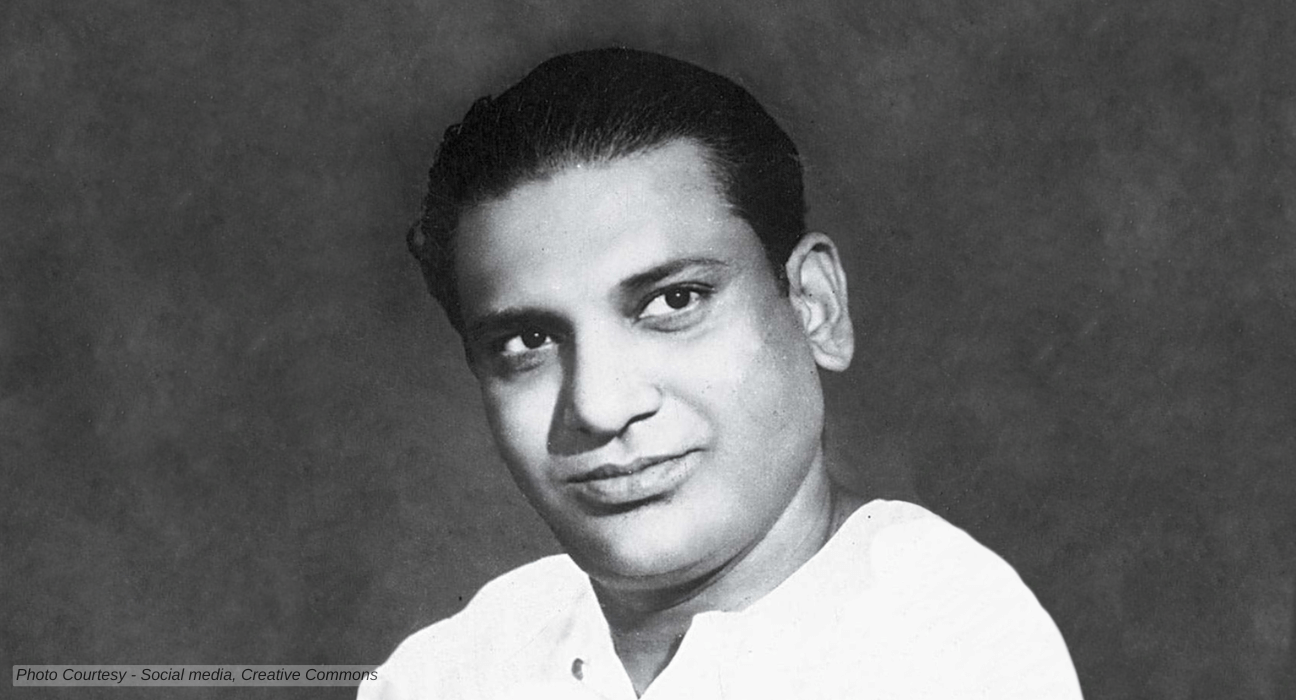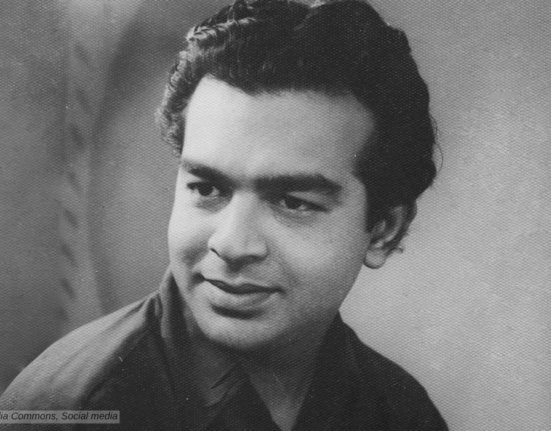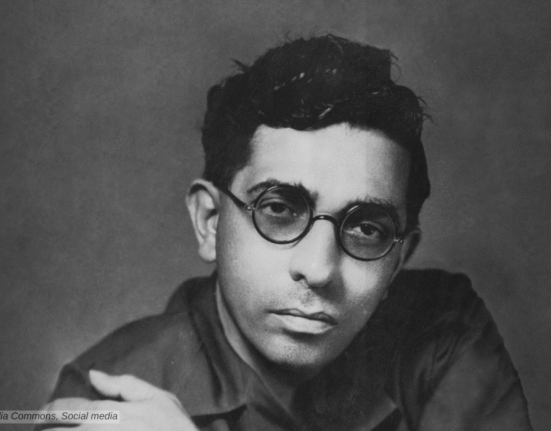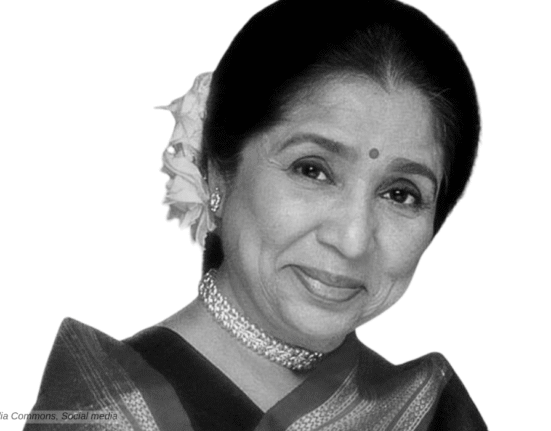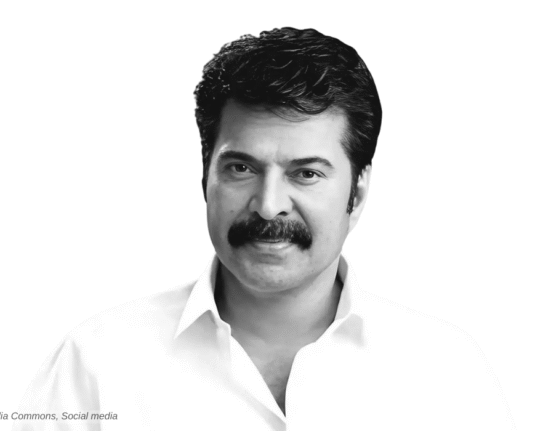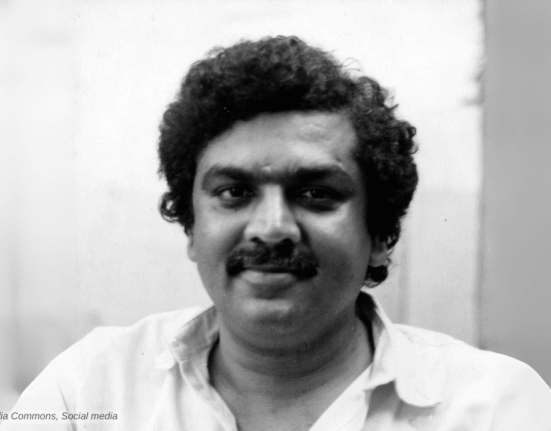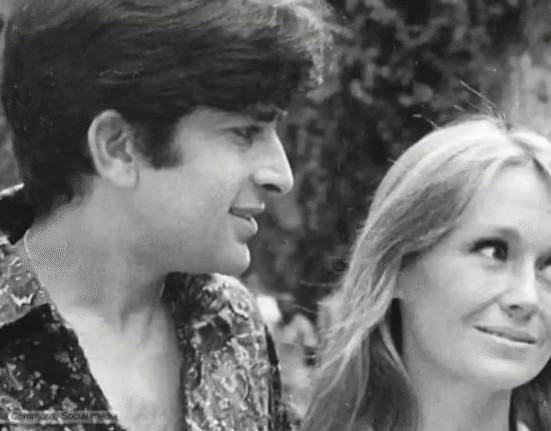Most remembered as the music director behind the legendary soundtrack “Aayega Aanewala,” Khemchand Prakash was the maestro of Hindi film music, who, despite his short life, was known for his innovative approach to music and collaborations with iconic singers like KL Saigal, Khursheed, Manna Dey, Lata Ji, and Kishore Kumar.
Early Life and Career
Khemchand Prakash was born on December 12, 1907, in Sujangarh, Bikaner, into a Rajput family in Sujangarh. His father, Pandit Govardhan Prasad, was a dhrupad singer and a Kathak dancer in the royal court of Jaipur. From a young age, Prakash was exposed to music and dance, receiving his initial training from his father. He also took Kathak lessons along with music, which laid the foundation for his future career in the entertainment industry.
At the age of 19, Prakash became the court singer of Maharaja Ganga Singh of Bikaner. However, his stay there was short-lived, and he soon moved to the royal court of Nepal. After the death of the Emperor of Nepal, Prakash relocated to Calcutta and joined the legendary New Theatres as an assistant to composer Timir Baran. During this period, he worked on the music for the film “Devdas” (1935) and sang a comedy song, “Lo Kha Lo Madam Khaanaa,” in the 1938 film “Street Singer.”
Breakthrough
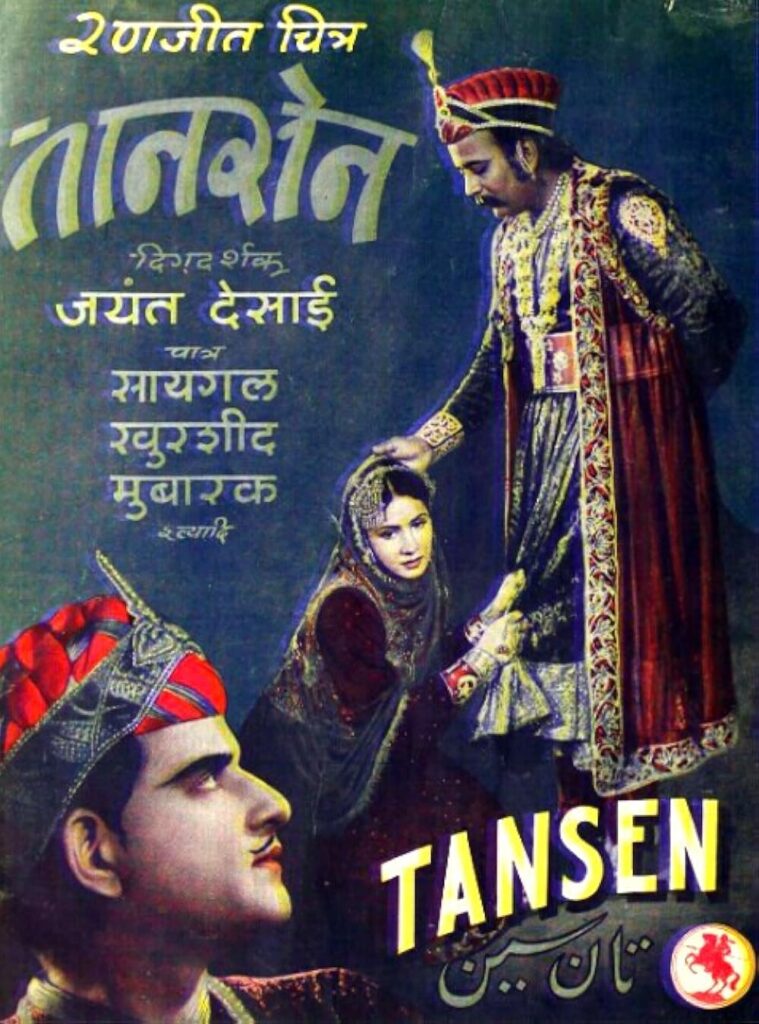
Khemchand Prakash made his debut as a music director in 1939 with the films “Meri Aankhein” and “Ghazi Salauddin.” His initial years with Ranjit Movietone Film Studio produced significant films like “Diwali,” “Holi,” “Pardesi,” and “Fariyaad.” His collaboration with singer Khursheed resulted in many hits of the early 1940s.
However, it was the 1943 film “Tansen” that marked a turning point in his career. The film’s music, featuring songs like “Diya Jalao Jagmag Jagmag,” “Rumjhum Rumjhum Chal Tihari,” and “Sapt Suran Teen Gram,” became immensely popular and established Prakash as a leading music director in the industry.
Khemchand Prakash’s contributions to music are vast and varied. He was a pioneer in blending classical music with film songs, creating a unique and innovative sound. His training in Hindustani classical music and Kathak dance allowed him to create compositions that were both melodious and technically sound. His use of ragas and classical music structures in film songs set a new standard for the industry.
Khemchand Prakash Master of Melody
Prakash played a crucial role in launching the careers of several iconic singers. He gave Kishore Kumar his first major break as a singer with the song “Marne Ki Duaaen Kyun Maangu” in the film “Ziddi (1948).” The “Ziddi” also featured the beautiful song “Chanda Re Ja Re Ja Re,” sung by Lata Mangeshkar. He also played a significant role in establishing Lata Mangeshkar as a leading playback singer with the haunting melody “Aayega Aanewala” from the film “Mahal” (1949).
Prakash was known for his innovative recording techniques. For the song “Aayega Aanewala,” he created an echo effect by having Lata Mangeshkar slowly walk from the recording booth’s door towards the microphone. This technique added a haunting quality to the song and became one of the most memorable aspects of the composition.
Prakash was one of the first music directors to use Western instruments like the piano and clarinet in his song settings. This fusion of Western and Indian musical elements added a unique dimension to his compositions and set a new trend in the industry.
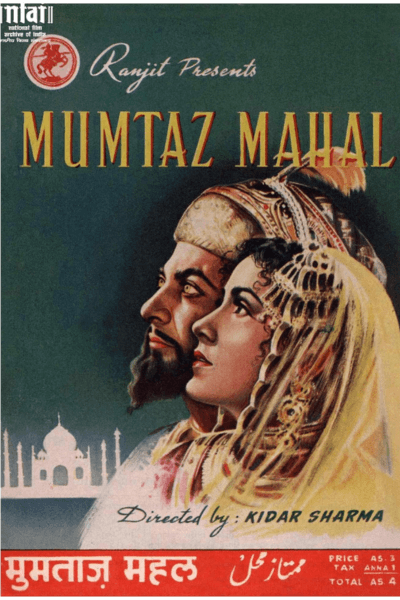
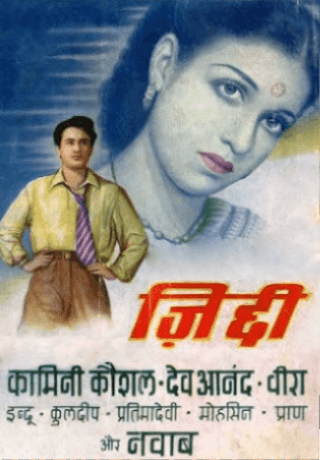
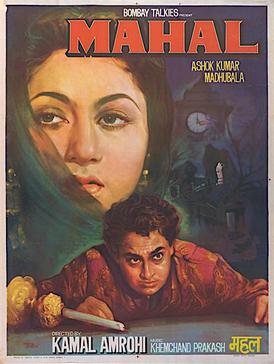

Other Work
Khemchand Prakash’s career was marked by several iconic songs and films that continue to be cherished by music lovers. Some of his most memorable works include Bharthari, Mumtaz Mahal, Shahenshah Babar, Chalte Chalte, Mera Suhag, Samaj Ko Badal Dalo, Sindoor, Asha, Rimjhim, Sawan Aya Re, Muqaddar, Tamasha, and many more.
Some of his most iconic songs include Phagun Ki Rut Aayi Re (Holi), Pahle Jo Mohabbat Se Inkar Kiya Hota (Pardesi), Baag Laga Doon Sajni, Barso Re Barso Kaale Badarwa, More Baalapan Ke Saathi (Tansen), Bhanwra Madhuban Mein Mat Jaa (Bharthari), Kisi Ke Madhur Pyar Mein Man Mera Kho Gaya (Sindoor), Chali Pi Ko Milan, Tujhe O Bewafa Hum Zindagi Ka Aasra Samjhe, Yeh Kaun Aaya Re (Ziddi), Mushkil Hai Bahut Mushkil Chaahat Ka Bhula Dena, Yeh Raat Phir Na Aayegi (Mahal), Ae Dil Na Mujhe Yaad Dila Baaten Purani (Sawan Aya Re), Armaan Bhare Dil Ki Lagan Tere Liye Hai (Jan Pehchan), Aati Hai Yaad Humko January February (Muqaddar), Bhool Sake Na Hum Tumhen, Mere Chhote Se Dil Ko Tod Chale (Tamasha), and many more.
Personal Life
Prakash married twice, first to Roopvati Kanhi and then to Shreedevi, with whom he had a daughter, Chandrakala Khemchand Prakash. Chandrakala, who graduated from Bharatiya Kala Kendra, Delhi, is an accomplished Kathak dancer. She married former Director of the National School of Drama, Ram Gopal Bajaj. Bajaj was a Padma Shri recipient and iconic theatre personality.
Sadly, Khemachand Prakash passed away on August 10, 1950, due to complications of liver cirrhosis. It was the time his songs of Mahal were creating waves across the country.
In his maiden Rajya Sabha speech on May 17, 2012, Javed Akhtar highlighted the plight of Khemchand Prakash’s second wife, Shreedevi, who resorted to begging at a railway station to survive during her final days
Khemchand Prakash on IMDB



